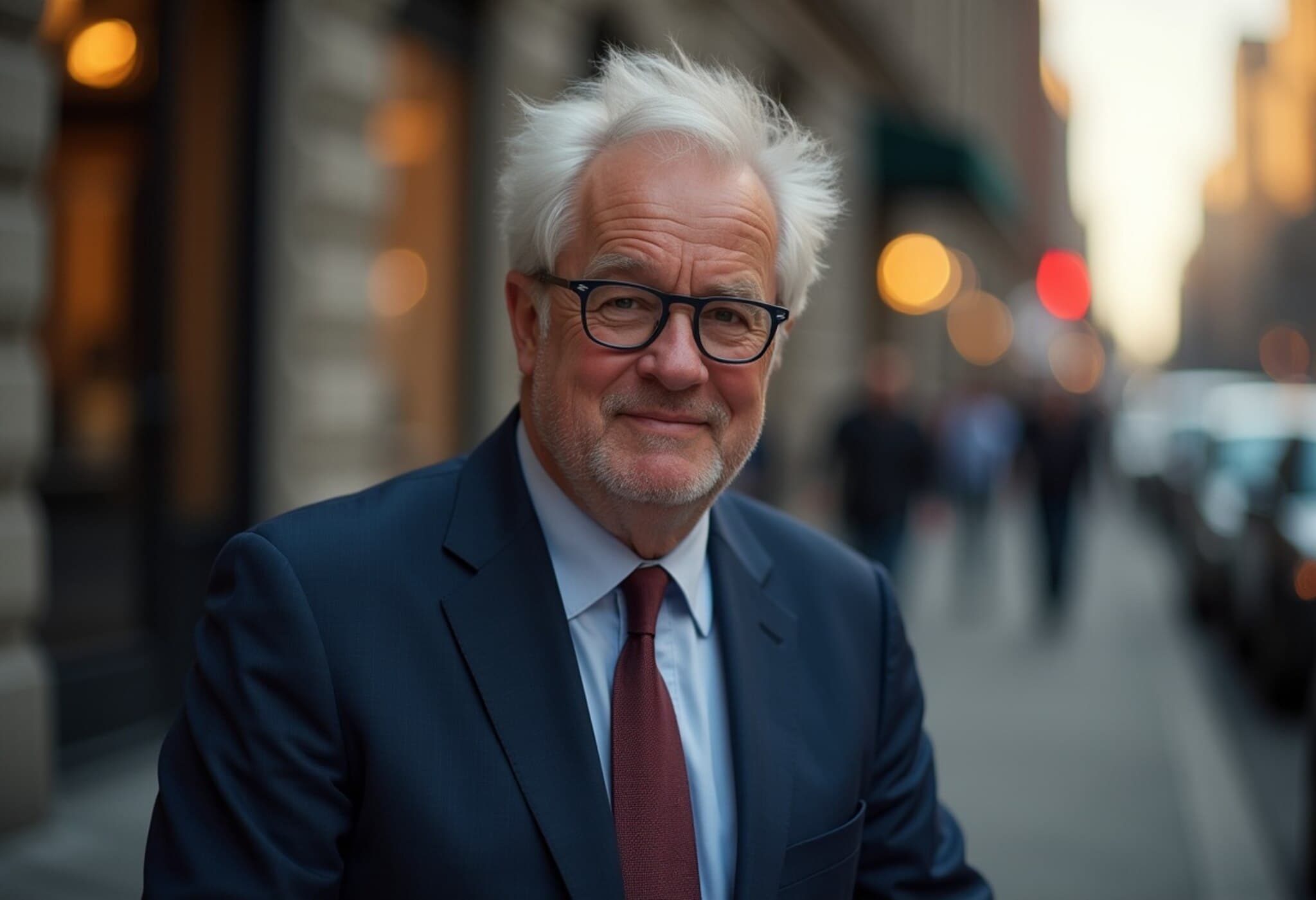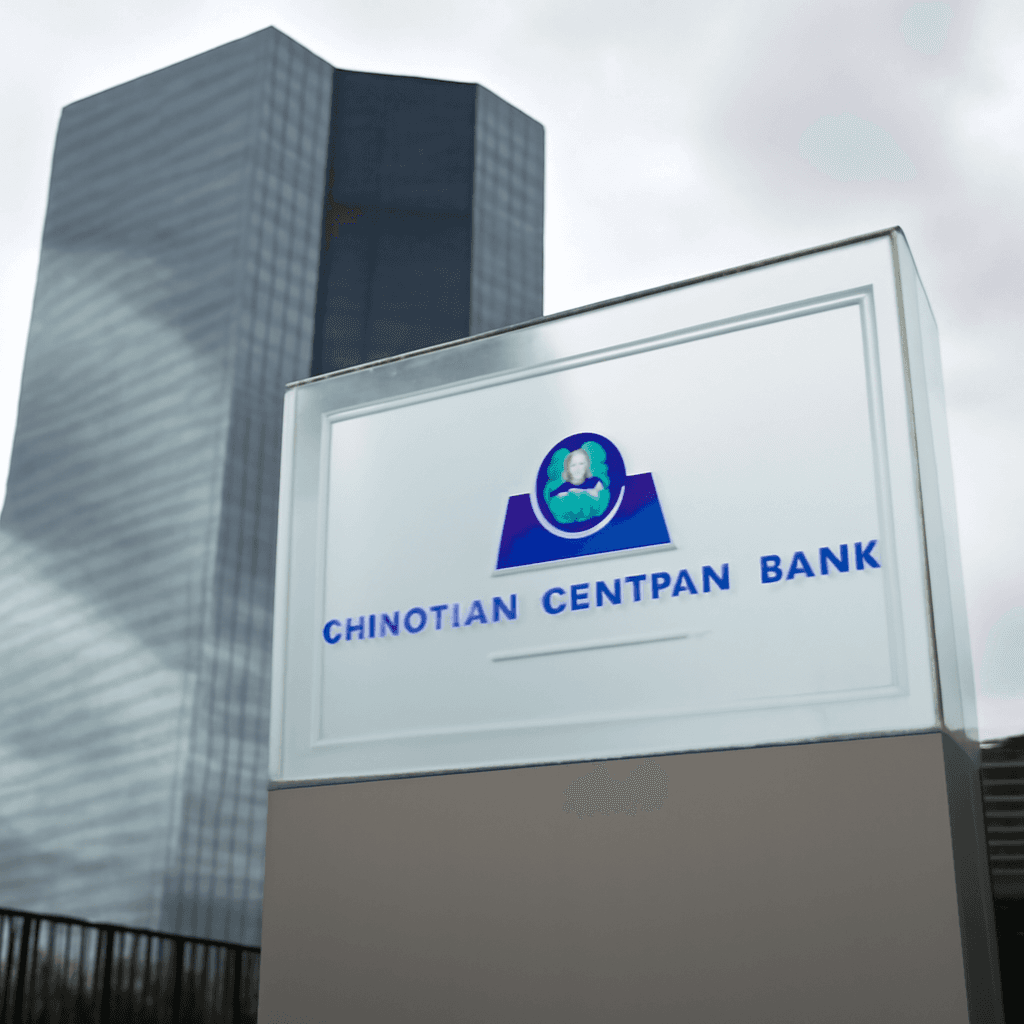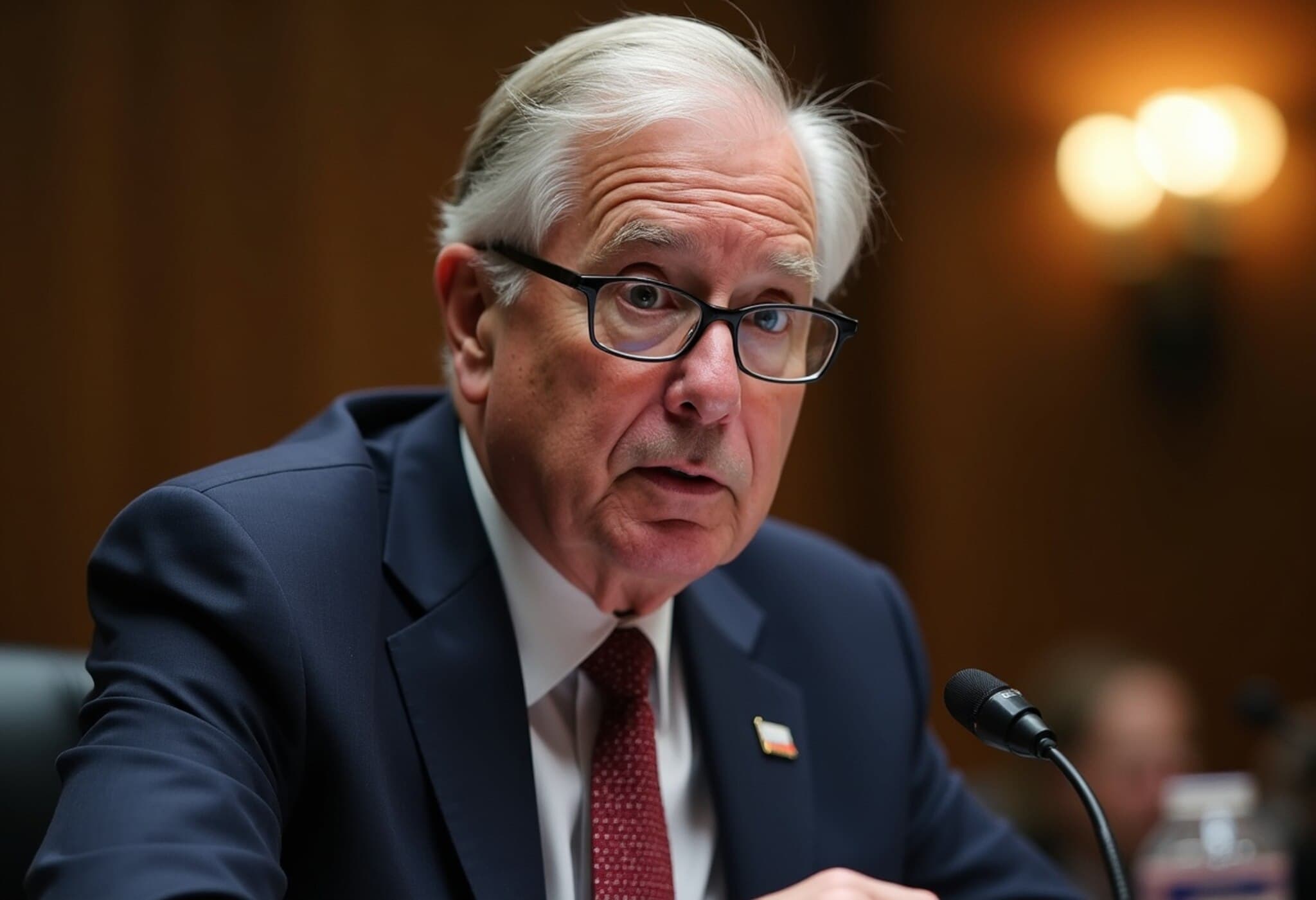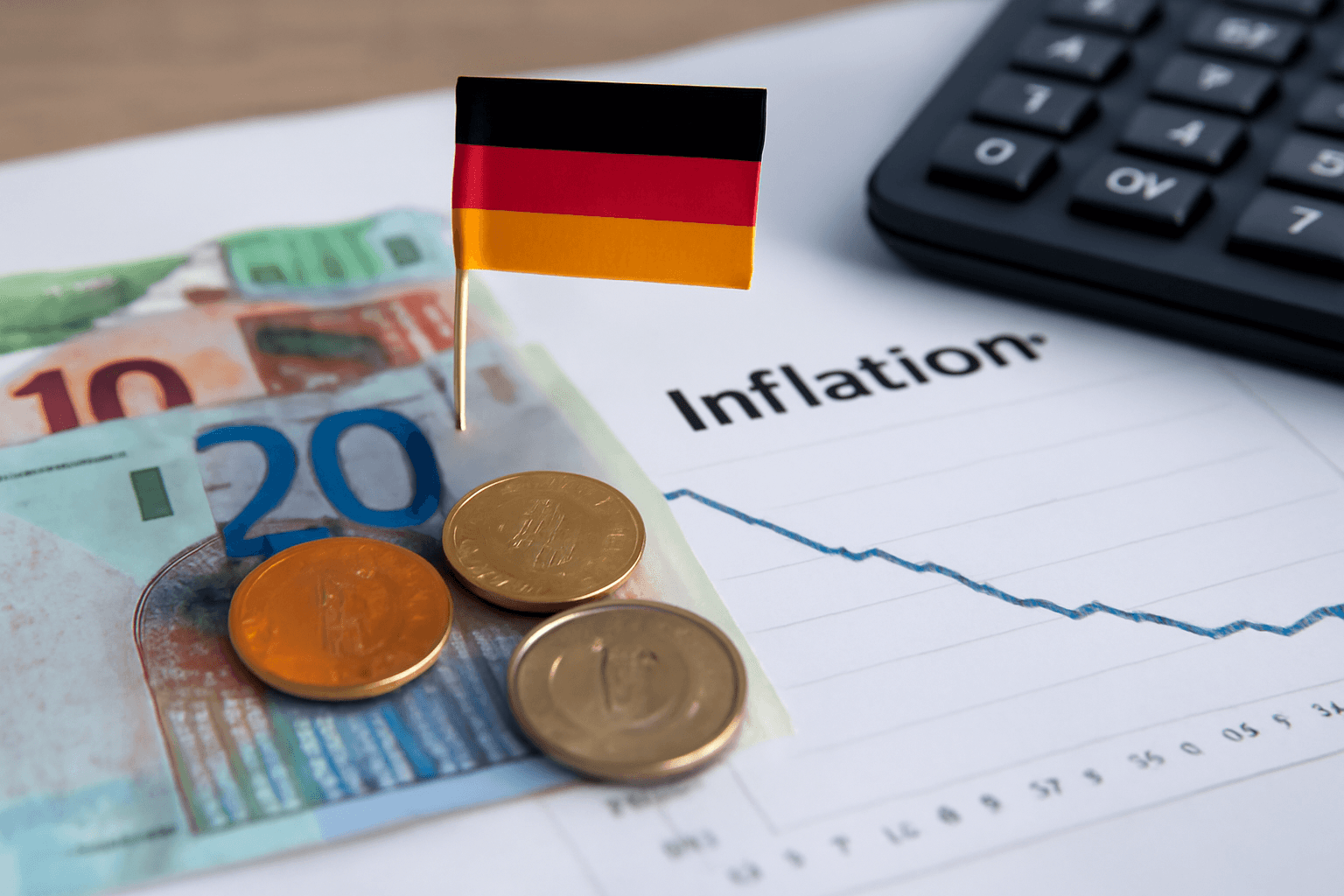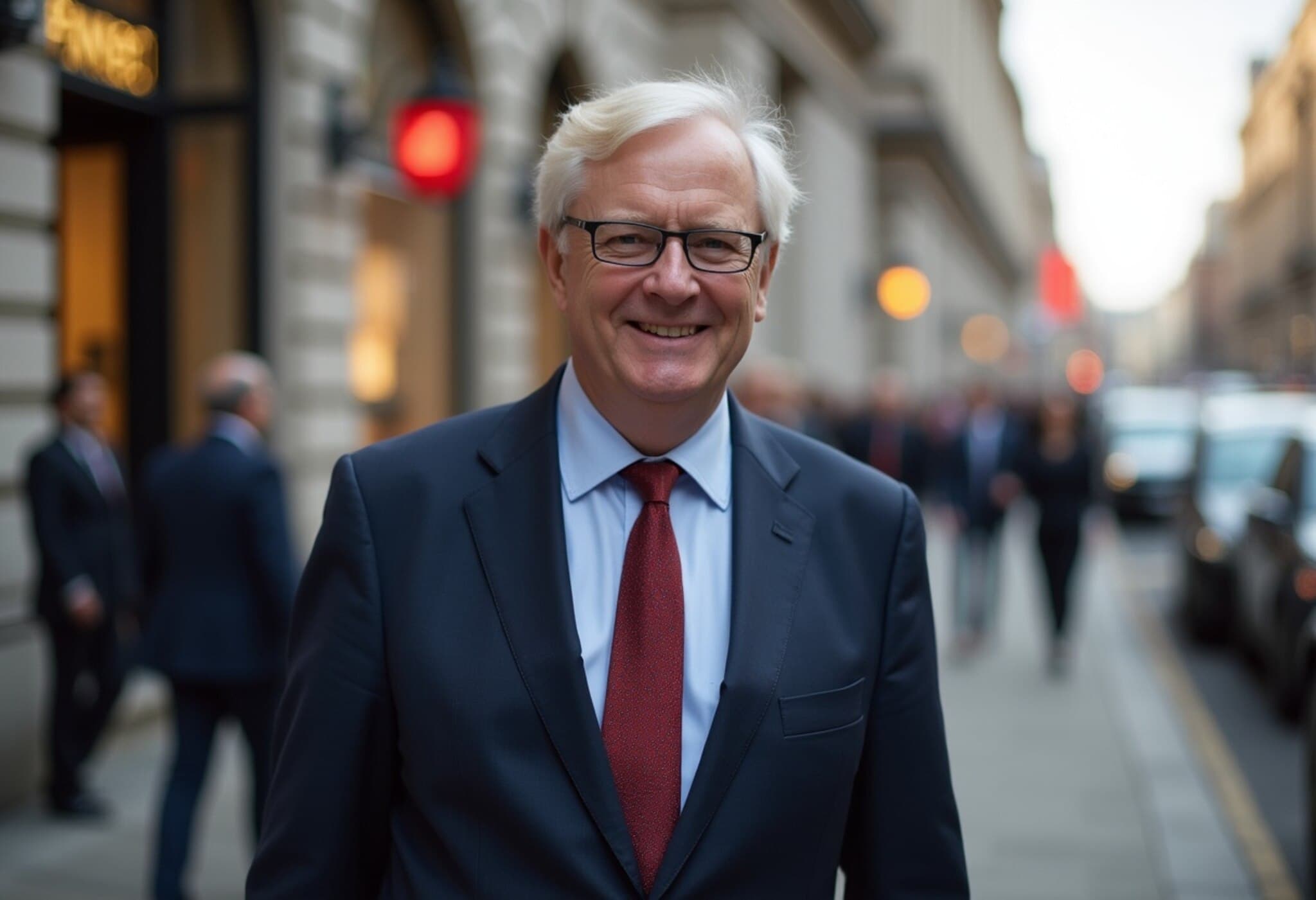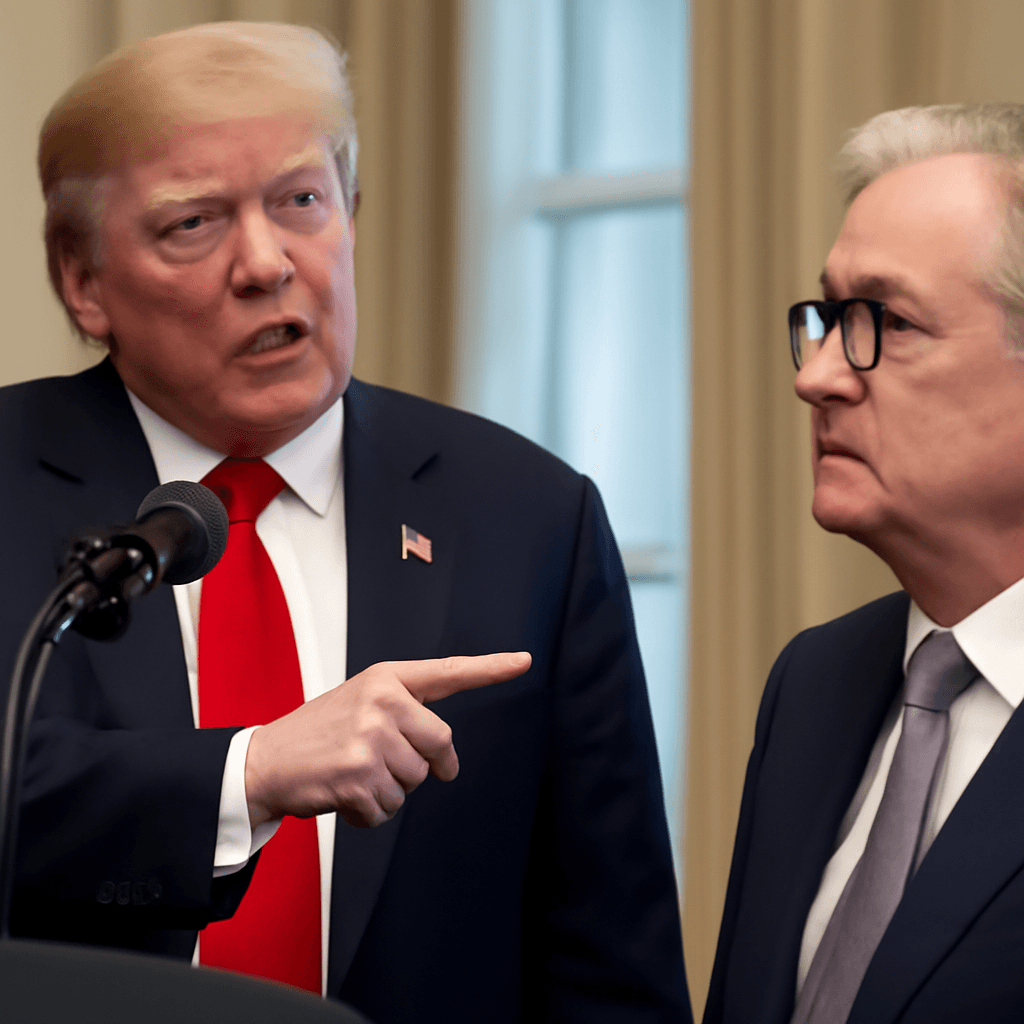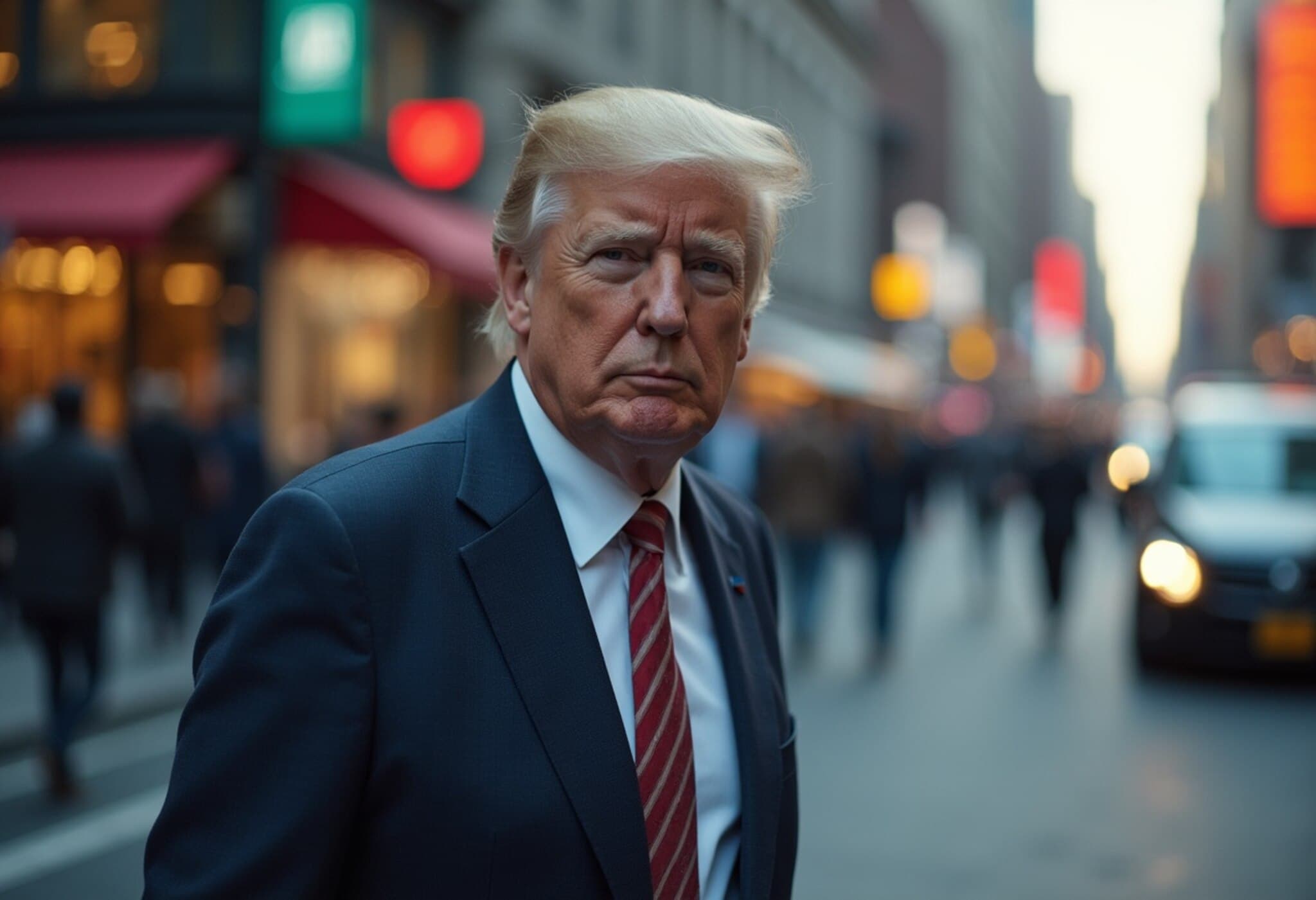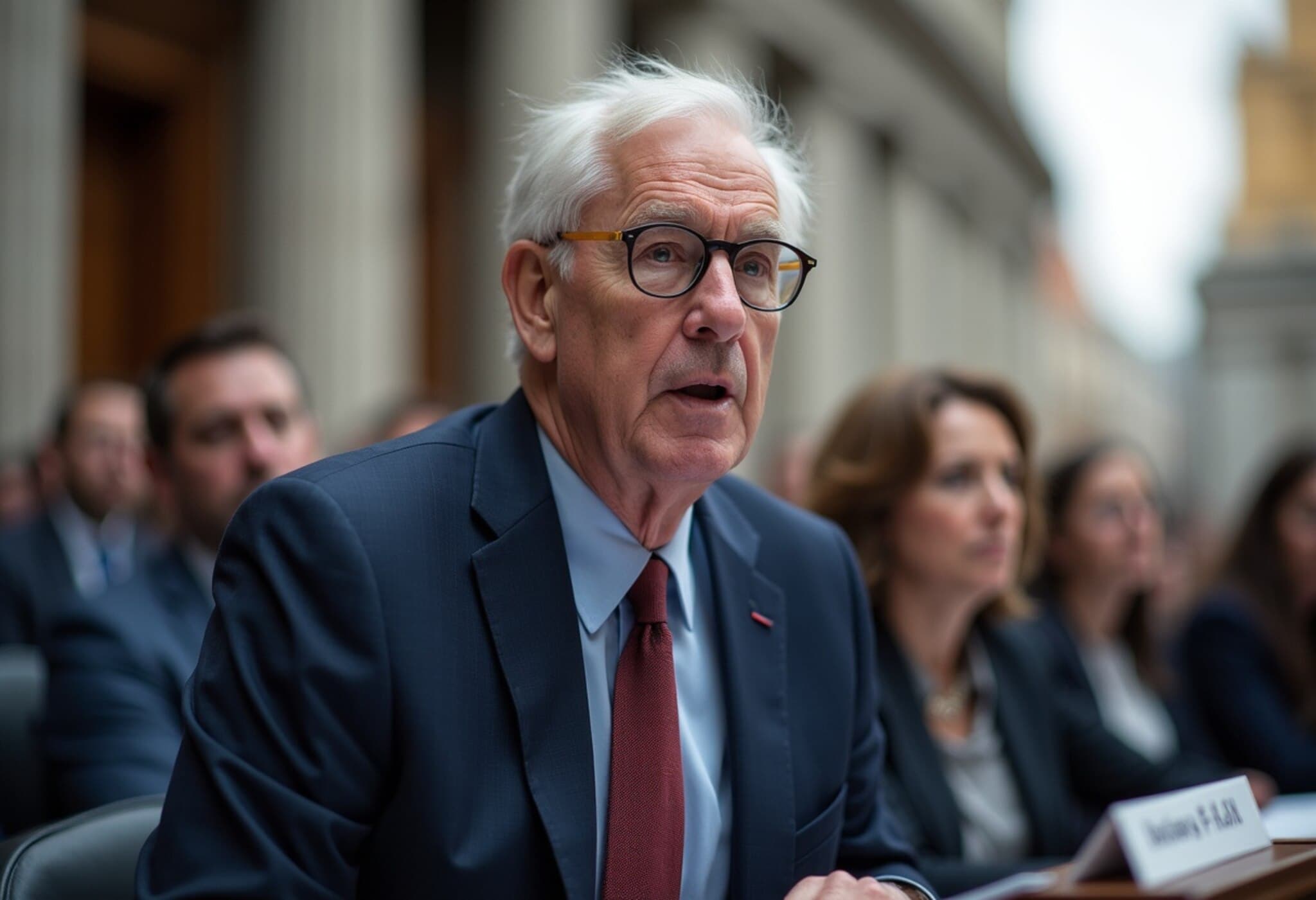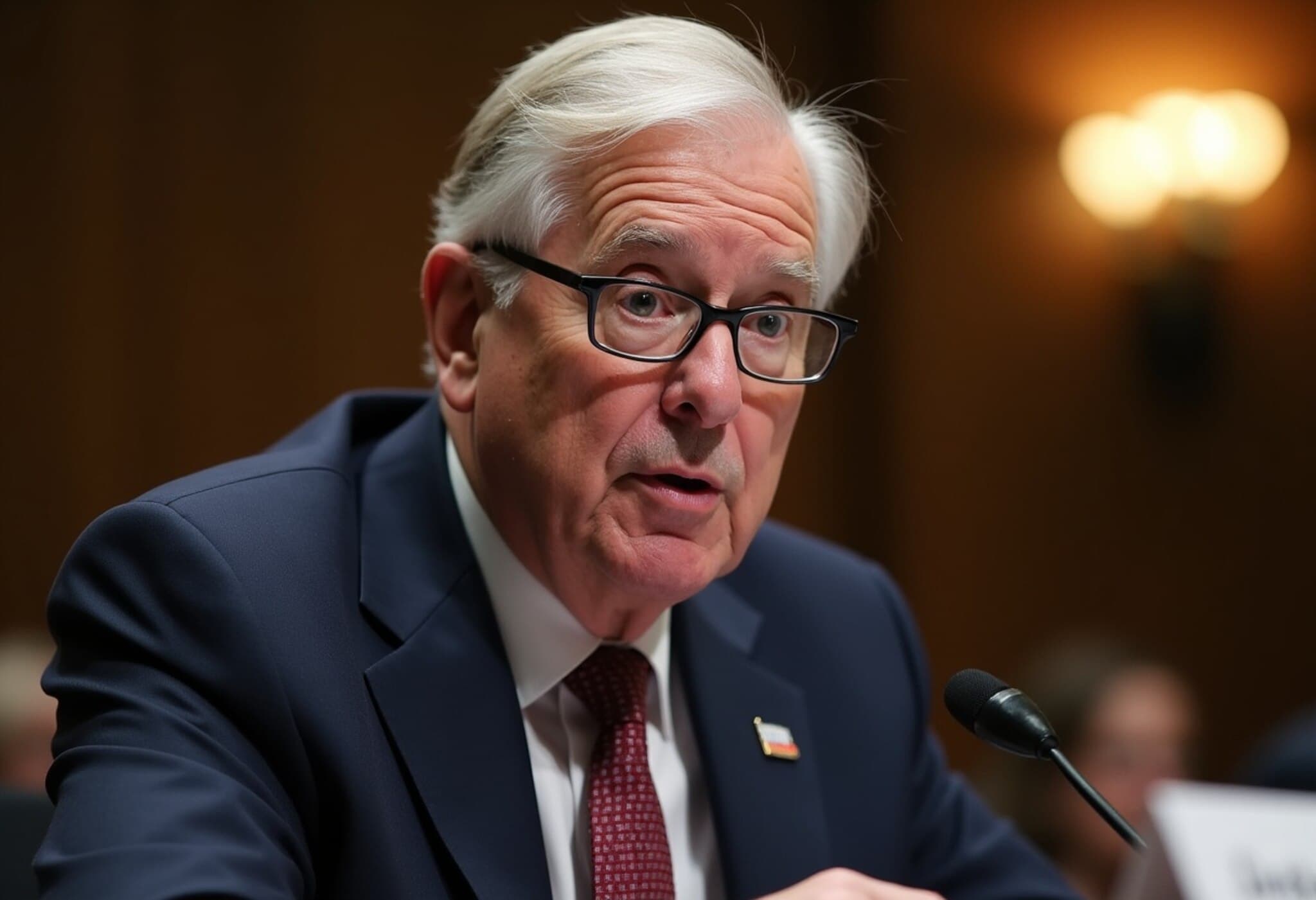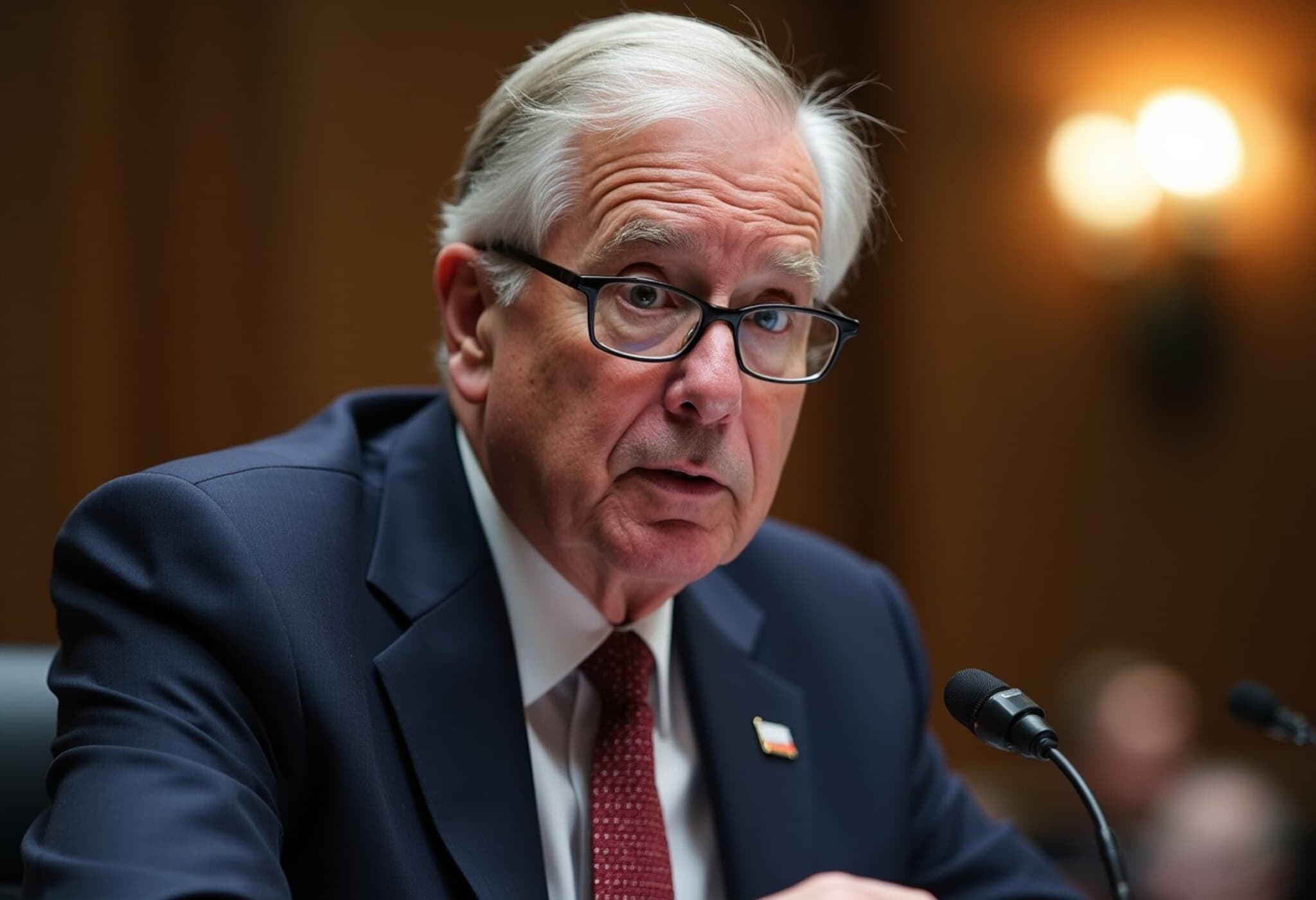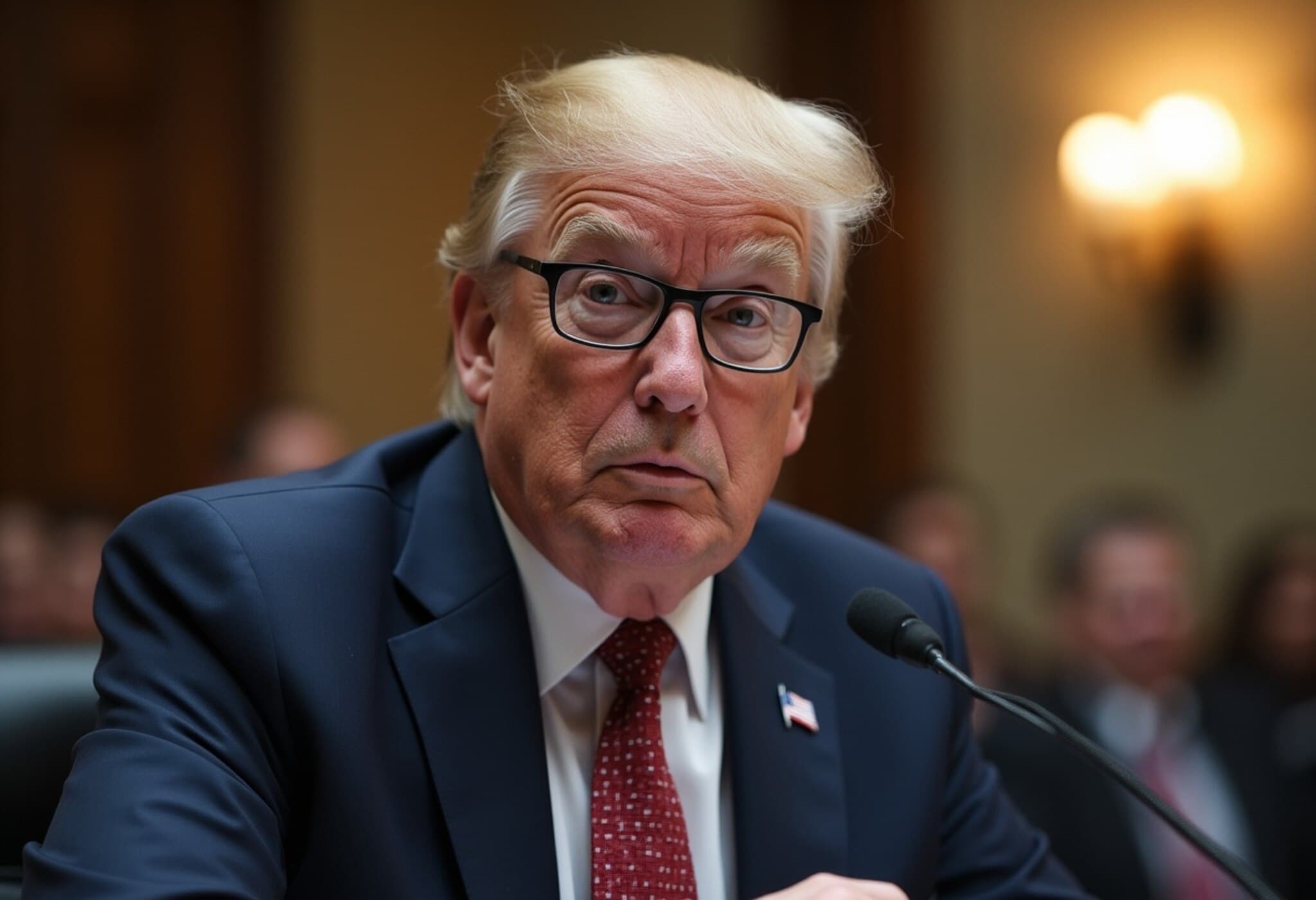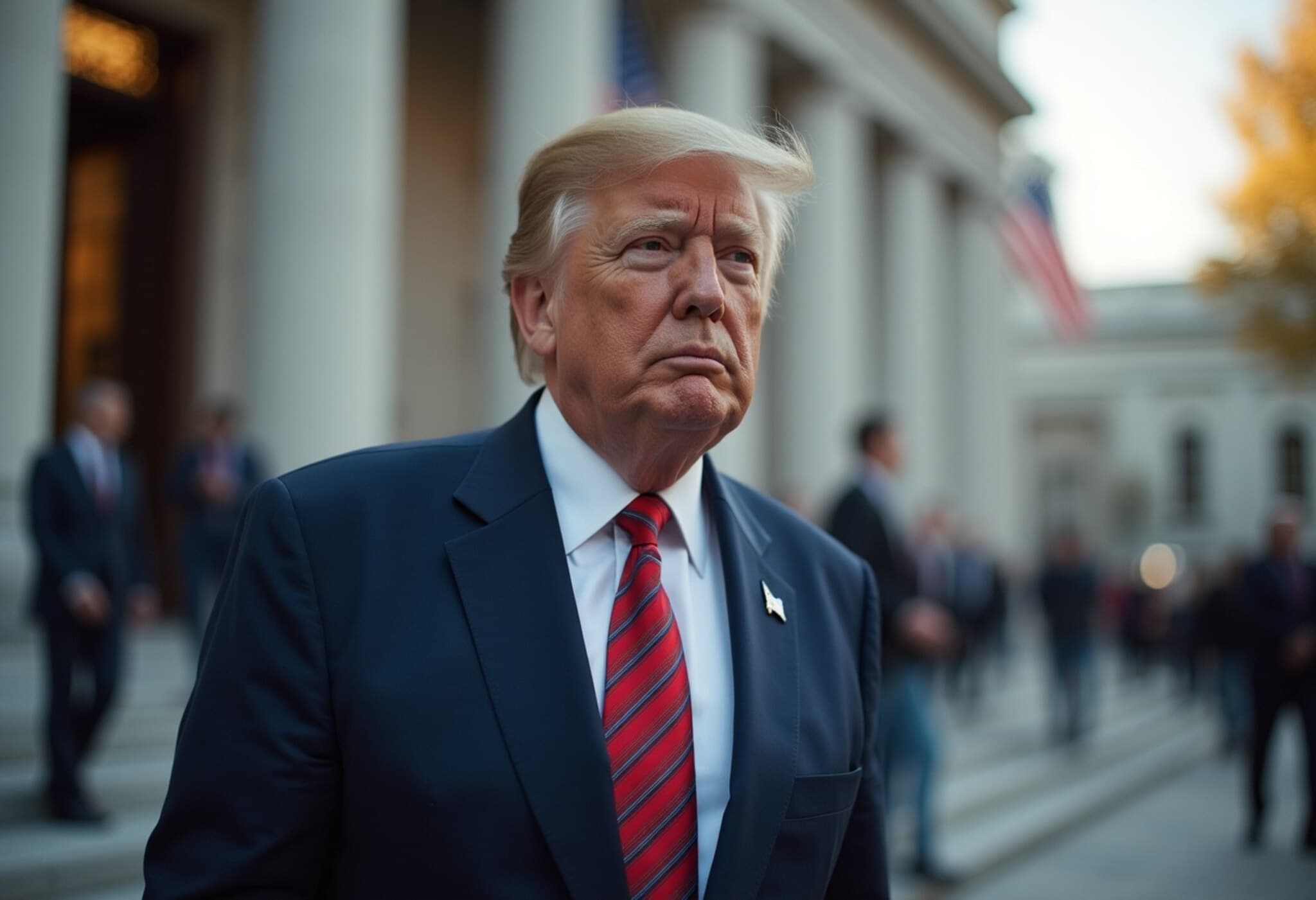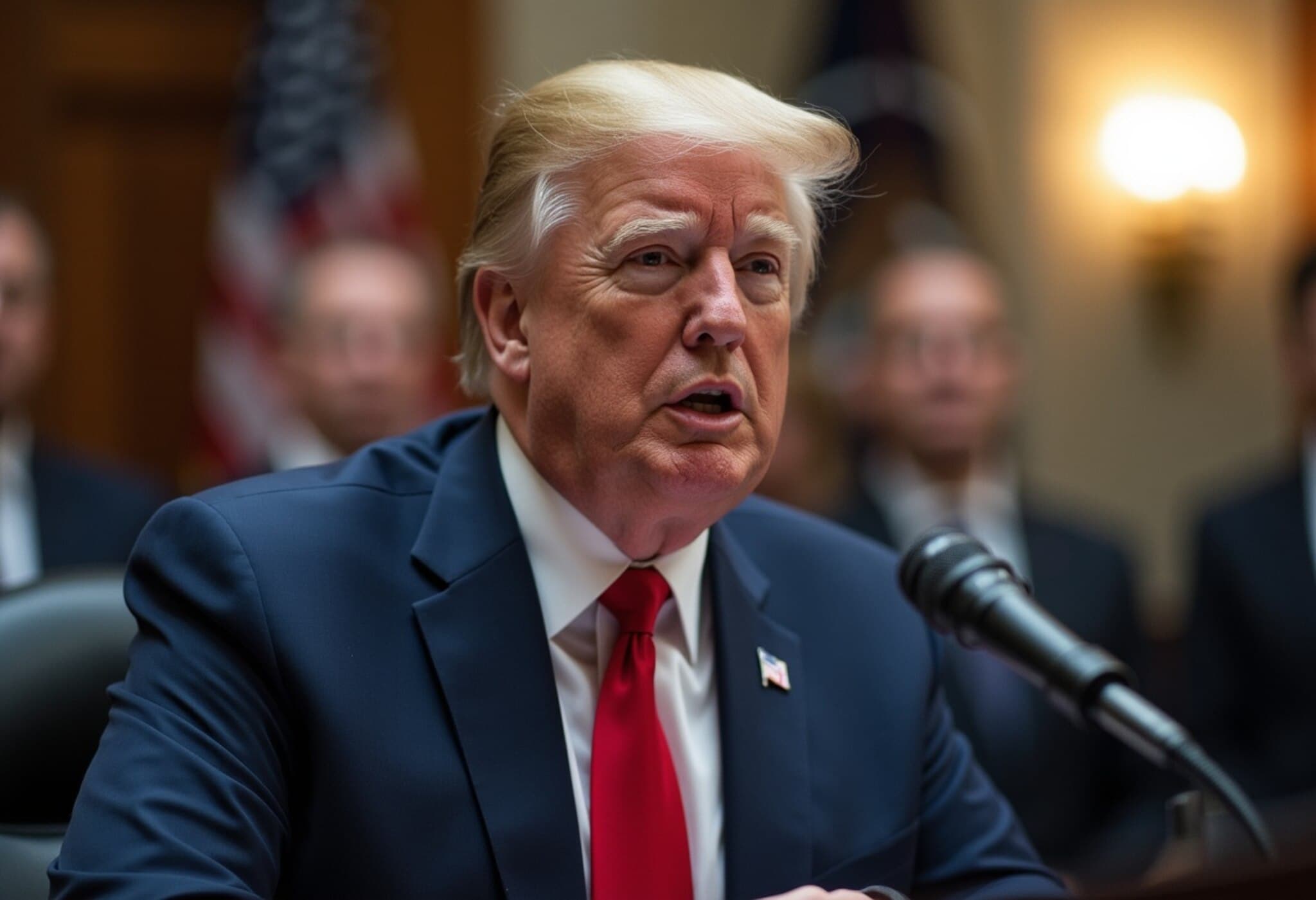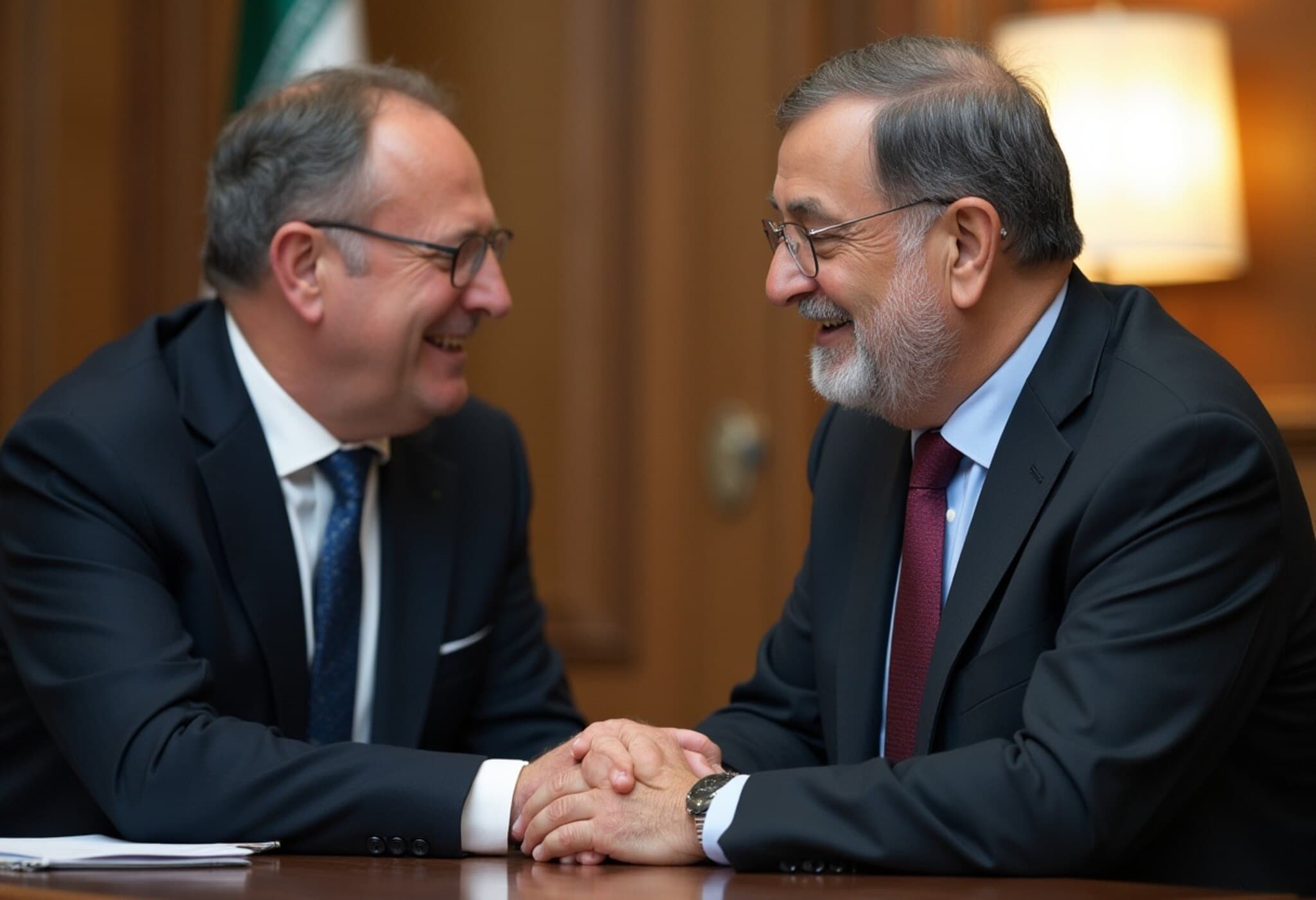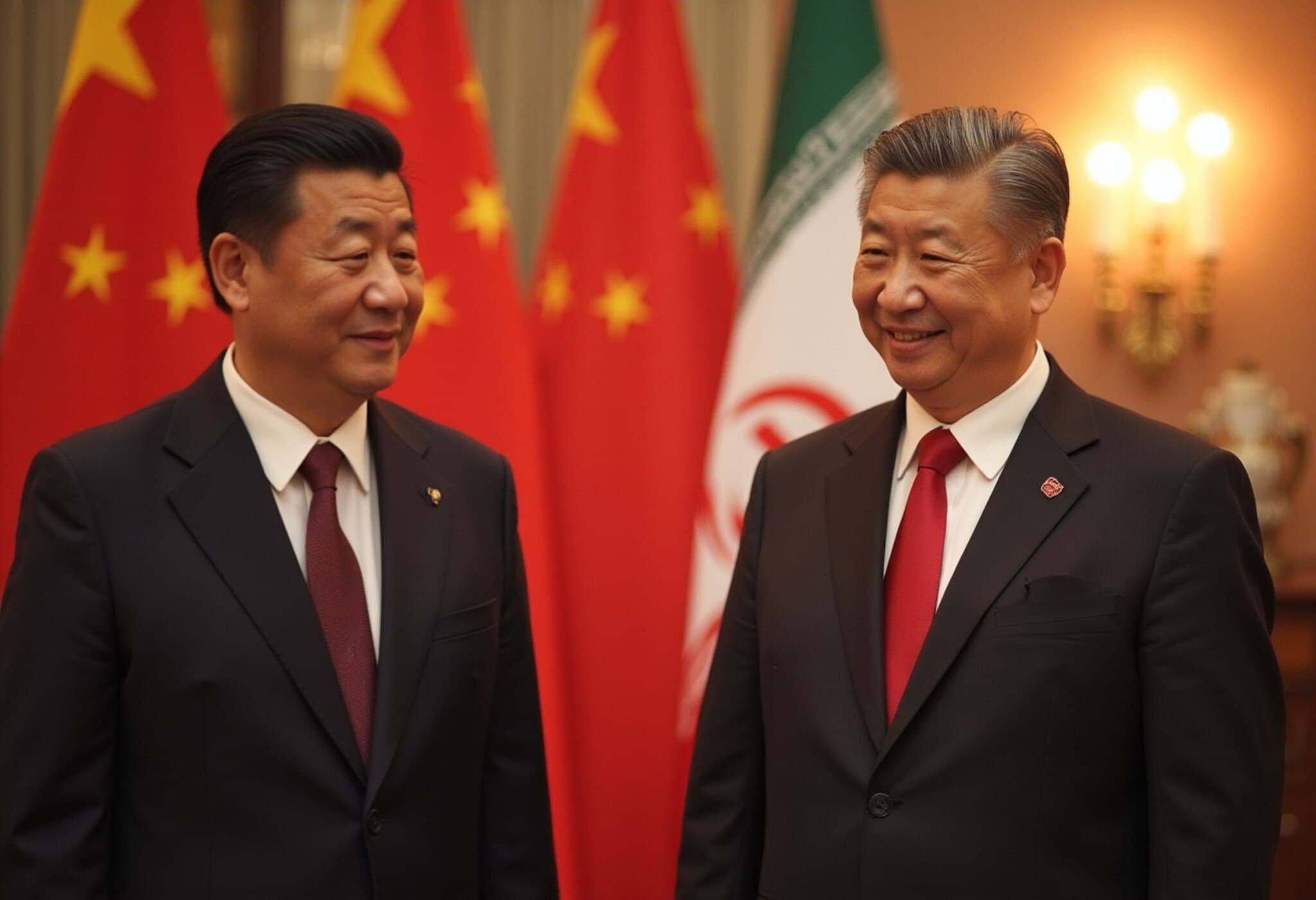Waller Signals Possible Fed Rate Cut Amid Market Anticipation
Federal Reserve Governor Christopher Waller stirred the financial markets by suggesting the central bank might consider cutting interest rates as soon as July. While this prospect energized investors eager for looser monetary policy, bond markets presented a mixed reaction, seeing long-term yields climb instead of fall—an unusual divergence that signals underlying uncertainties.
Balancing Inflation and Labor Market Concerns
Despite emphasizing that his remarks were personal and not reflective of the entire Federal Open Market Committee or the Fed Chair, Waller expressed growing apprehension about a softening labor market. This concern appears to take precedence over potential inflation driven by import tariffs imposed during the previous administration.
Economists often argue that tariffs cause a one-time price level increase rather than sustained inflation. Companies have largely passed on these higher import costs to consumers, especially after stockpiling before tariffs took effect. However, prolonged or expanded tariffs could edge inflation beyond a temporary spike.
Energy Prices Add Pressure
Complicating inflation forecasts, crude oil prices have surged by nearly $20 per barrel since early May, pushing gasoline costs upward—an immediate squeeze on consumer wallets. Although the summer driving season is tapering, elevated energy prices could impart longer-term inflationary effects, especially if geopolitical tensions escalate, particularly in relation to ongoing conflicts in the Middle East.
Echoes of the 1970s: Inflation and Geopolitical Risks
The prospect of protracted conflict involving Iran sparks fears of a repeat scenario reminiscent of the 1970s, when geopolitical turmoil and energy shocks fueled persistent inflation. Meanwhile, gold and silver prices continue their rally while the U.S. dollar weakens, possible early indicators of inflationary strain yet to be captured in official figures.
Labor Market Shifts: Technology and Employment Challenges
Waller highlighted rising unemployment among recent college graduates, with rates topping 7% compared to pre-pandemic levels around 5%. However, this reflects more than economic slowdowns—it may signal a structural shift as artificial intelligence rapidly automates jobs once held by entry-level workers in coding, finance, and law. This displacement challenges the notion that simple rate cuts can revive employment opportunities for young graduates.
Experts now emphasize the increasing value of broad liberal arts education and interpersonal 'soft skills' over narrowly focused tech degrees, signaling a changing job market dynamic that demands adaptability beyond traditional STEM fields.
Lessons from History: Proceeding with Caution
Looking back, the Federal Reserve’s decision in 1974 to cut rates prematurely—during a brief lull in inflation—preceded a strong inflation rebound and economic turmoil. Waller’s cautious tone regarding the steady but slowing unemployment rate raises questions about the wisdom of hastening rate cuts when inflation remains an unresolved issue.
Importantly, Waller dismissed the idea that the Fed should ease borrowing costs for the government as a debt-management strategy, underscoring that fiscal responsibility lies with Congress and the White House rather than monetary policy makers.
Stagflation Looms Over Policy Decisions
A combination of contentious tax policies, potentially loosened monetary measures, and escalating geopolitical risks creates a precarious situation that may revive stagflation—a troubling economic state where stagnant growth coexists with rising inflation. This possibility, once dismissed, now gains traction among policymakers and market watchers alike.
The past offers cautionary tales; history may not repeat exactly, but patterns often rhyme. As uncertainty deepens, the hope remains to avoid reliving the inflation and stagnation struggles of decades ago. Yet, vigilance and prudent policy-making have never been more crucial.

